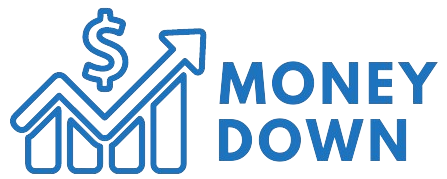RESP Contributions and Withdrawals
Registered Education Savings Plans (RESPs) are used to save lots of for a toddler’s post-secondary education. Contributing to an RESP gives you access to government grants, including as much as $7,200 in Canada Education Savings Grants (CESGs), which usually require $36,000 in eligible contributions. The federal government provides matching grants of 20% on the primary $2,500 in annual contributions. You could make up deficits from previous years as much as a maximum annual catch-up contribution of $2,500. However, there’s a lifetime limit of $50,000 on contributions from a beneficiary.
If a toddler is a teen and there are a variety of missed contributions, the top of the 12 months could possibly be a possibility to make amends for contributions before it’s too late. The deadline to make a contribution and be eligible for presidency subsidies is December 31 of the 12 months during which a toddler turns 17. And you wish at the very least $2,000 in lifetime contributions or at the very least $100 in contributions for at the very least 4 years by the top of the 12 months the beneficiary turns 15 to receive CESGs within the years the beneficiary turns 16 or 17 years old.
The end of the 12 months can be an occasion for withdrawals. The original contributions to an RESP might be withdrawn tax-free through Post-Secondary Education (PSE) withdrawals. When investment growth and government subsidies are withdrawn from a toddler attending an eligible post-secondary school, they’re often called education support payments (EAPs) and are taxable. If a toddler has a low income this 12 months, taking additional EAP withdrawals from a big RESP might be an excellent approach to use up their tax-free base amount.
RRSP withdrawals or RRSP to RRIF conversion
If you’re considering making Registered Retirement Savings Plan (RRSP) contributions to cut back your taxable income, the top of the 12 months isn’t urgent. After the top of the 12 months, you’ve got 60 days to make a contribution which you could deduct in your tax return for the previous 12 months.
If you’re retired or partially retired, the top of the 12 months is the time to contemplate further withdrawals from the RRSP or Registered Retirement Income Fund (RRIF). If you’re in a low tax bracket and expect to fall into a better tax bracket in the longer term, you may consider making additional RRSP or RRIF withdrawals before the top of the 12 months.
If you’re 64, consider converting your RRSP to an RRIF in order that withdrawals within the 12 months you switch 65 are eligible for retirement distribution. This lets you transfer as much as 50% of your withdrawals to your spouse or partner’s tax return. If you’re still working or have fluctuating income, this approach is probably not the most effective as RRIF withdrawals will likely be required yearly thereafter.
If you are 71, the top of the 12 months does bring some urgency since your RRSP have to be converted to a RRIF by the top of the 12 months you switch 71. You may purchase an annuity from an insurance company. Typically, you will likely be contacted by the financial institution where your RRSP is held before the top of the 12 months to open an RRIF.
Compare the most effective RRSP rates in Canada
TFSA contributions
For those that invest or save in a Tax-Free Savings Account (TFSA), the top of the 12 months isn’t a major event. The TFSA room rolls over to the next 12 months. So when you don’t contribute by the top of the 12 months, you may contribute the unused amount next 12 months.

